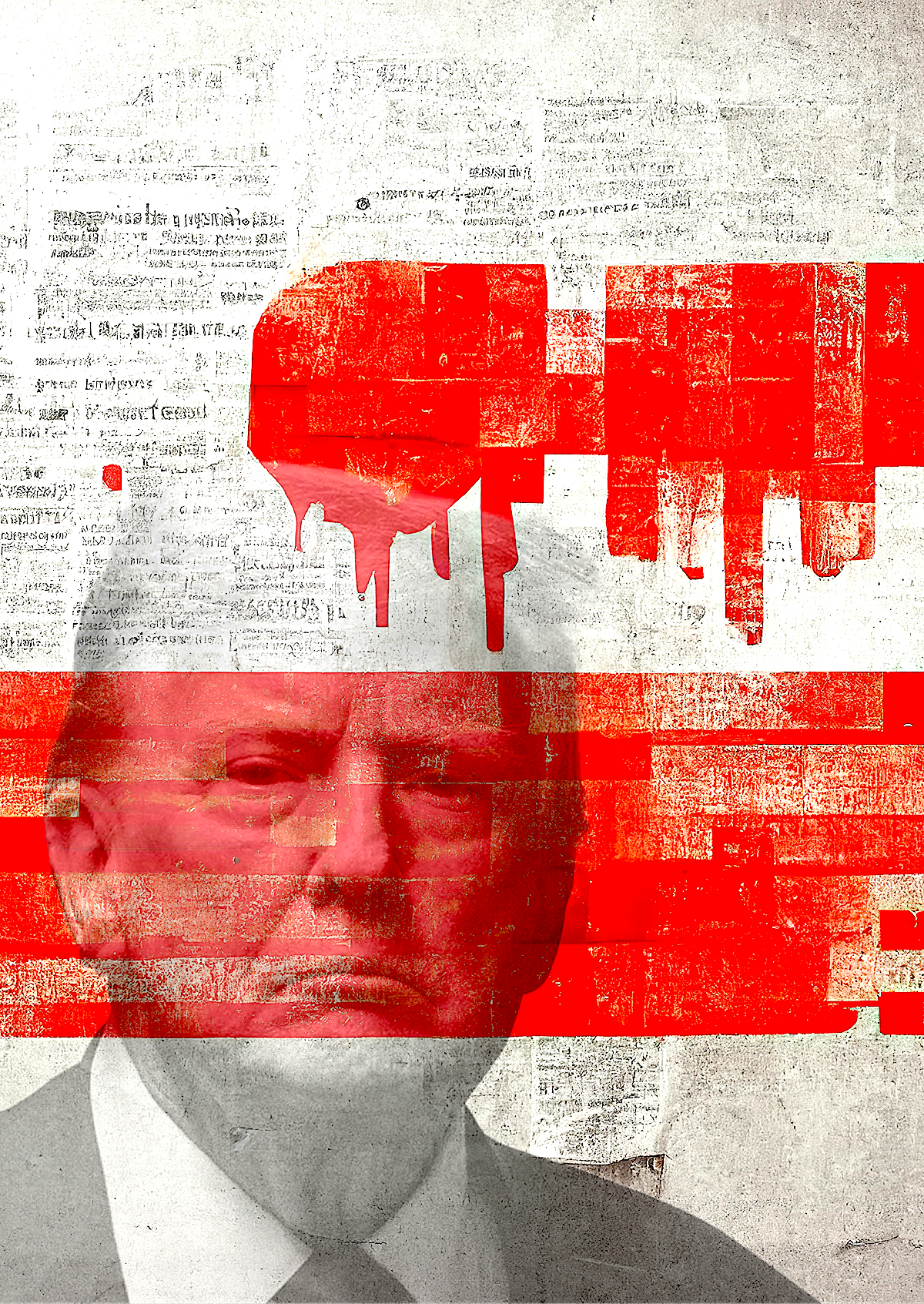
NEWS ANALYSIS
Milton Coleman
Illustration, The Oklahoma Eagle
One of the best ways to know what it is about immigrants today that Donald J. Trump says would be bad for America is to compare those things to what has been good for his own immigrant family. So much that benefitted his own, he now wants to deny to others.
Rules for thee, but not for me, seems to be his adage. Such hypocrisy is woven throughout the public record of the former president’s words and actions.
Campaigning for a return to power in the White House, Trump has intensified his trademark demonization of immigrants of color as people who should not be in America. He has pledged to deport millions of them in mass if elected again.
There are continuing comparisons of the tactical and legal similarities in the Trump-inspired insurrection at the Capitol on January 6, 2021, the White supremacist coup d’état in Wilmington, N.C. on November 10, 1898, and Trump’s record in office from 2017-2021.
Another way to look at it is to consider that the largest group of people migrating into U.S. citizenship in the time of Wilmington was some four million formerly enslaved ethnic Africans, coming into America, so to speak–at the very same time that Trump’s paternal grandfather and the patriarch of the modern Trump family came, as well.
Changing the Immigration Narrative
Then as now, favorably opening the door of U.S. residency and subsequent citizenship to family members of immigrants already here was a standing principle of immigration policy and practice, generally referred to as “family unification” or “family reunification.”
In the last 60 years, however, as people from nations outside of Europe have come to dominate those migrating to the United States, many politicians have denigrated family unification as undesirable “chain migration.” Trump is chief among the detractors.
“CHAIN MIGRATION must end now! Some people come in, and they bring their whole family with them, who can be truly evil. NOT ACCEPTABLE!” then President Trump said on social media in November of 2018.
Yet, the immigration chronicle of his own family began with chain migration and continued during his time in the White House.
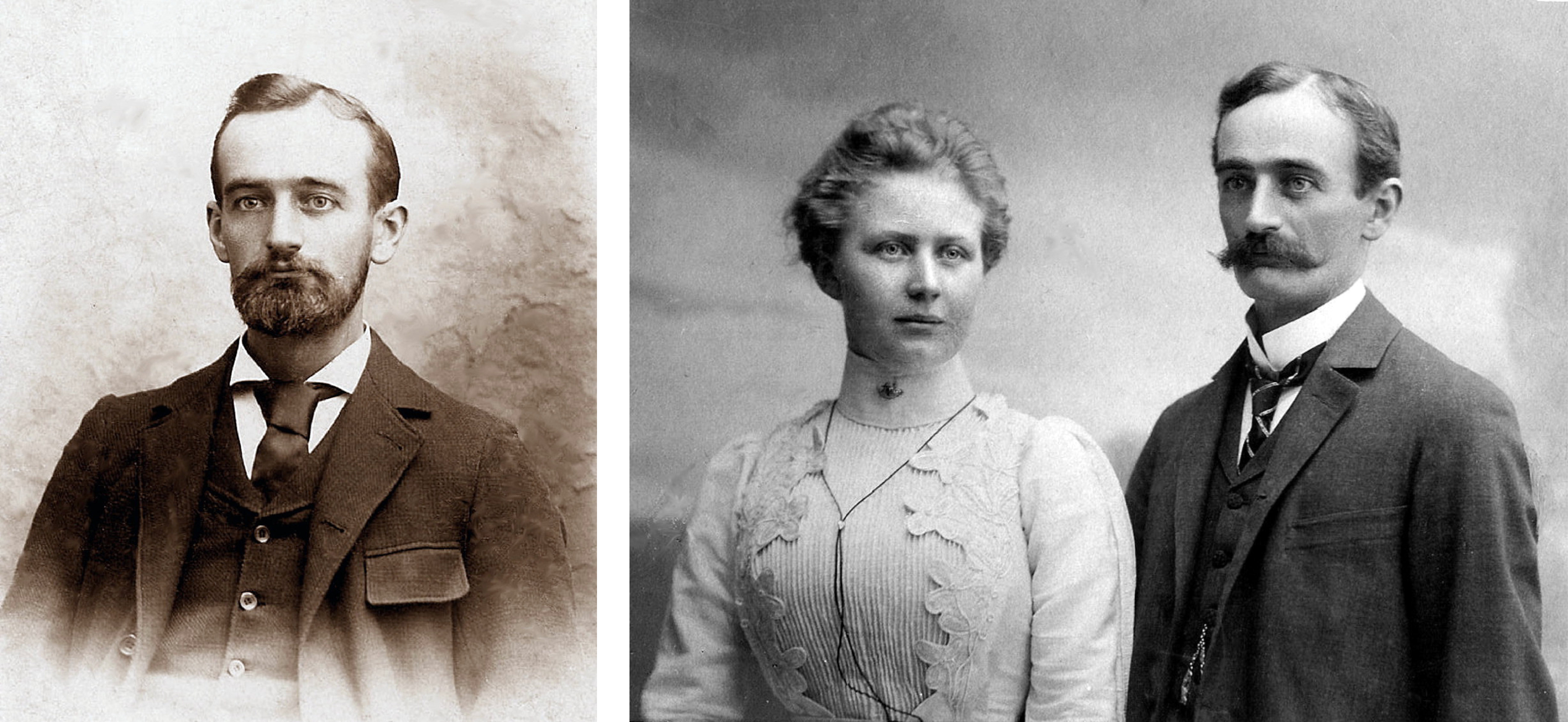
His paternal grandfather, Friedrich Trump, born in Bavaria in southeastern Germany, first came to America in 1885 to live with an older sister, Katharina, who’d migrated a few years earlier, and married.
And just a few months before then President Trump dubbed such migration unacceptable, the mother of Melania Trump, his current wife, was being granted U.S. citizenship through chain migration, having moved here from Slovenia to join her daughter, who’d come in 1996.
As president, Trump imposed a “zero tolerance” policy toward those crossing the Southern border. Underage migrants, known in immigration parlance as “unaccompanied minors,” were among the most harshly affected.
A record number were detained at the border and many were exported much more rapidly than in earlier years. Critics termed some of the actions unlawful and unnecessarily cruel, and characteristic of Trumpian policies in which cruelty itself was the point.
The Trump Chain Migration
The former president’s grandfather, Friedrich Trump, was a 16-year-old unaccompanied minor when he arrived at the Immigrant Landing Depot in New York City on October 19, 1885.
He is said to have spoken little English, a criticism that his grandson has made of many immigrants, including the Haitians in Springfield that Trump has falsely accused of eating cats and dogs.
“He didn’t know English…,” Gwenda Blair, author of “The Trumps: Three Generations that Built an Empire,” told the Washington Post of the grandfather. “He was literate, but in German.”
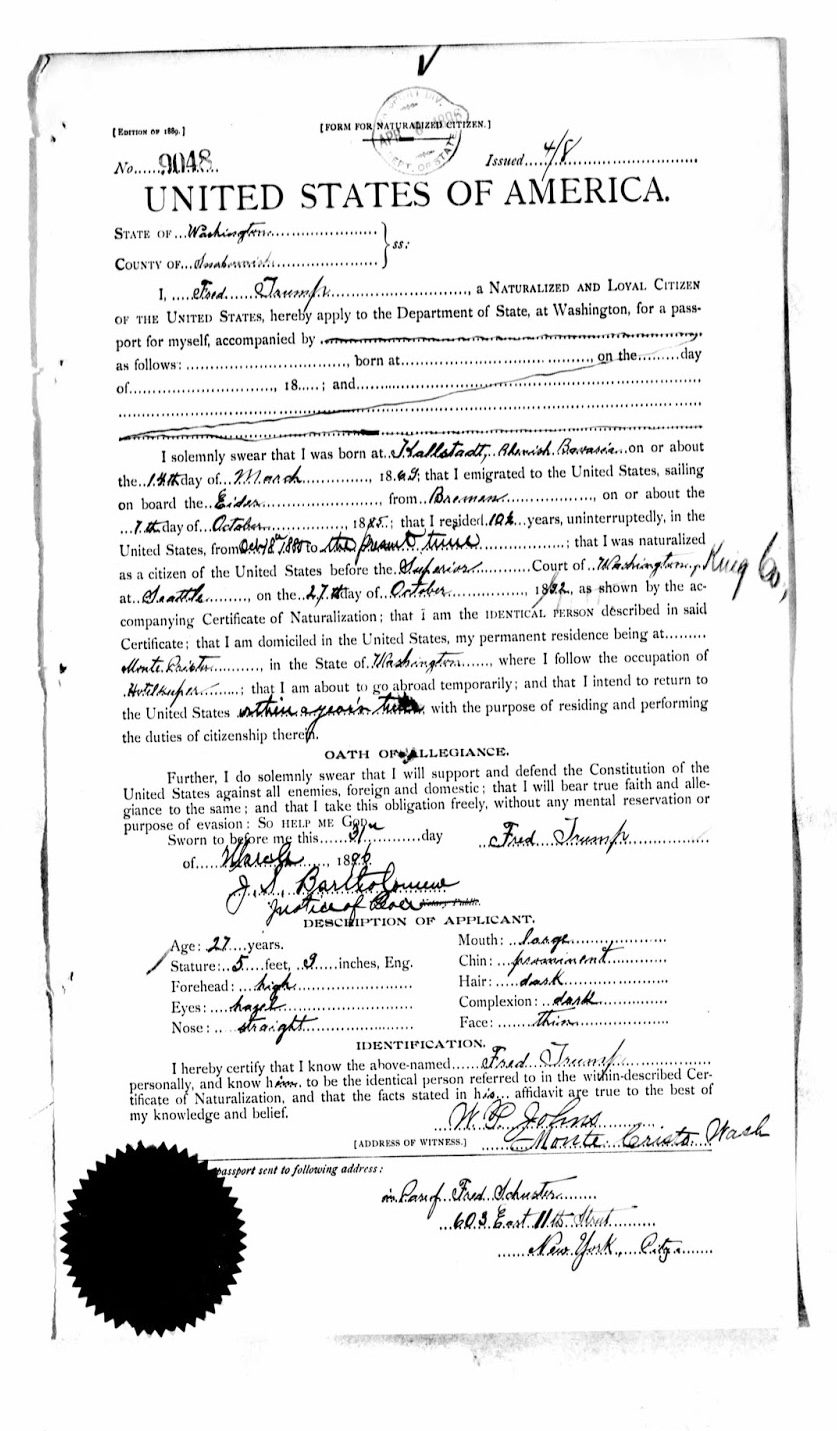
That, it turned out, worked to his advantage. Fresh off the boat, Friedrich was hired by a local German-speaking barber with an opening in his shop, Blair wrote. Young Trump began work the very next day, apparently with no work permit required. His grandson now repeatedly complains about immigrants unfairly taking jobs from Americans.
Some of Donald Trump’s most consistent and recently most vitriolic anti-immigrant rhetoric has been the allegation that many of those coming to America have been criminals in their native nations, including some who have murder “in their genes.”
Yet the former president’s family patriarch was a felon-to-be on the run when he arrived here, having exited the land of his birth in order to avoid mandatory conscription in the Imperial German Army.
While in the U.S., he married a Bavarian woman who became deeply homesick. They returned to their homeland hoping to settle there, but the government revoked his citizenship and deported him because dodging the draft was against the law.
Fortunately, by that time he had gained U.S. citizenship, and was able to spend the rest of his life as an American, somewhat by default.
Donald Trump’s father, Fred C. Trump, was born in New York City. However, his wife and Donald’s mother, Mary Anne MacLeod Trump, also came to America through chain migration. She arrived from Scotland in 1930 to join siblings who had migrated earlier and became a U.S. citizen 12 years later.
It was around that time that Donald’s father began espousing what would become an apparently financially favorable falsehood about his own father, the family patriarch.
False Claims of Swedish Roots
“From World War II until the 1980s, Mr. Trump [Donald’s father] would tell friends and acquaintances that he [the grandfather] was of Swedish origin, although both his parents were born in Germany,” the New York Times reported in its June 26, 1999 obituary of the father. He had built thousands of apartments in the city.
“John Walter, his nephew and the family historian, explained, ‘He [Donald’s father] had a lot of Jewish tenants, and it wasn’t a good thing to be German in those days’.”
Donald himself repeated that line, embellished with two added inaccuracies, in “Trump: The Art of the Deal,” published in 1987:
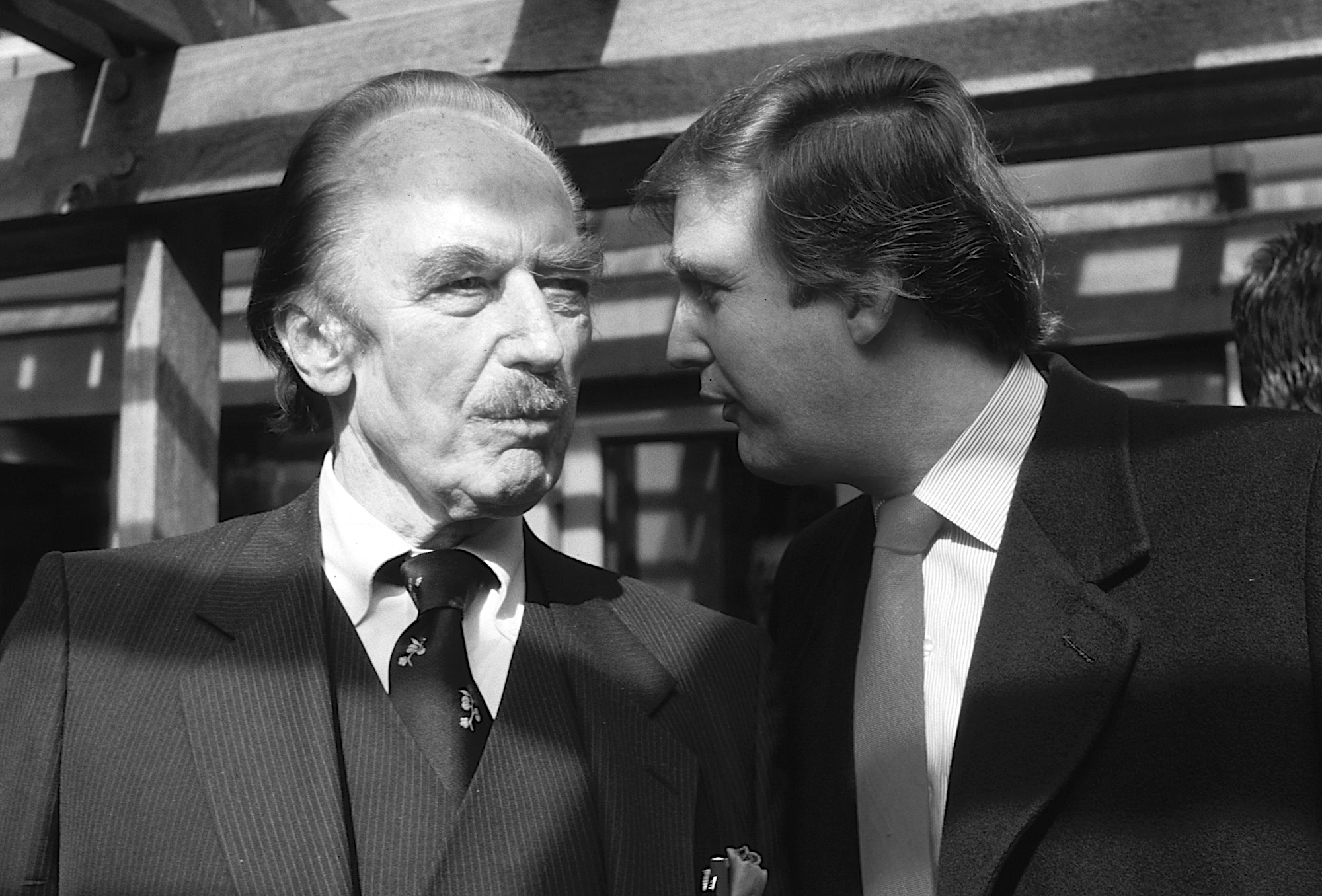
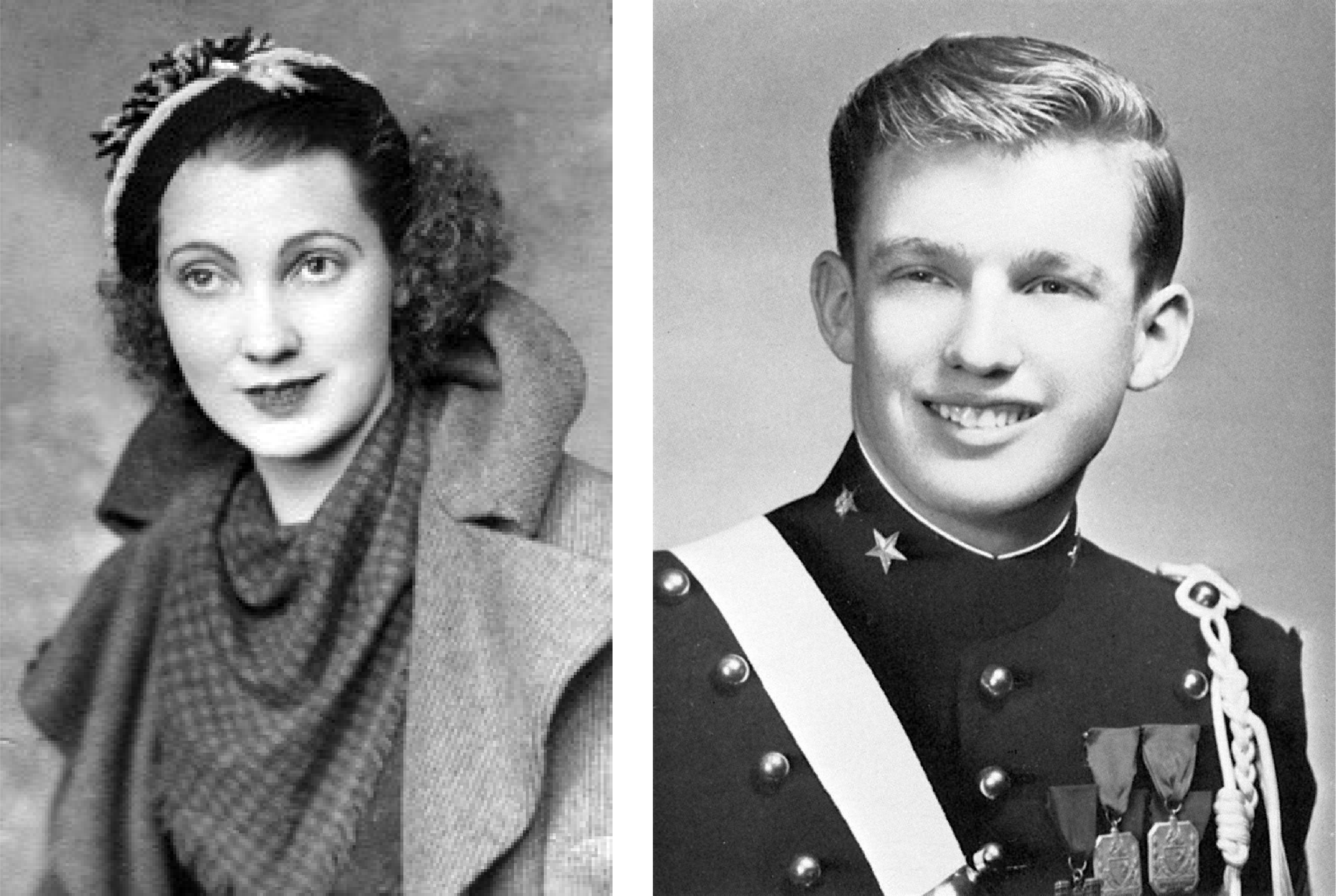
“Fred Trump was born in New Jersey in 1905. His father, who came here from Sweden as a child, owned a moderately successful restaurant, but was also a hard liver and a hard drinker, and he died when my father was eleven years old.”
Fred Trump, of course, had been born in New York, not New Jersey; and Friedrich Trump, the patriarch, died May 30, 1918, when his son Fred would have been six months short of 13 years old, not 11.
Donald Trump ultimately abandoned the born-in-Sweden falsehood, but as President, in an apparent effort to buttress his standing to criticize members of NATO and the European Union, claimed several times that his father had been born in Germany.
“My father is German. Right. Was German. And born in a wonderful place in Germany and so I have a great feeling for Germany,” he told reporters at a press conference with NATO secretary General Jens Stoltenberg in April of 2019.
One of the starkest dichotomies of Donald Trump’s anti-immigrant narrative involves birthright citizenship, a provision of the 14th Amendment, enacted in 1870 during Reconstruction, nearly three decades before the coup in Wilmington.
It grants citizenship at birth to “all persons born or naturalized in the United States,” as were the vast majority of the African Americans formerly enslaved in Confederate states at the end of the Civil War.
Trump built much of his political prominence on “Birtherism,” the lie that his Presidential predecessor, Barack Obama, was not born in the United States, and thereby did not meet the Constitutional requirement that in order to be President, one must be “a natural born U.S. citizen.”
Barack Hussein Obama II definitively is one such American, born in Honolulu, Hawaii August 4, 1961, of an American mother and an African immigrant father. Trump, a native New Yorker and the son of an American father and a Scottish immigrant mother, is another–no less, no more.
The former president has repeatedly said he would end birthright citizenship by executive order, but ending it, many scholars have said, could be done only through an amendment to the Constitution.
There is one other commonality: Obama’s birthright citizenship is no different than that of all three of Trump’s oldest children–Donald John Trump, Jr., Ivana Marie “Ivanka” Trump, and Eric Frederick Trump.
Their mother and their dad’s first wife, Ivana Marie Zelnickova, Ivanka’s namesake, was born in Czechoslovakia on February 20, 1949. In 1971, she married an Austrian ski instructor, which allowed her to obtain an Austrian passport without effectively losing her Czechoslovakian citizenship. She and the ski instructor divorced a short time later.
Ivana met Donald in New York in 1976, and they married a year later, the same year that Don Jr. was born. Ivanka was born the next year, and Eric in 1984. Ivana became a U.S. citizen in 1988. She and the children’s father divorced two years later.
Questioning Harris’s heritage
Speaking at the National Association of Black Journalists conference in Chicago in July, Trump accused Vice President Kamala Devi Harris, the native-born American daughter of an Indian mother and a Jamaican father, of manipulating her ethnic heritage for political gain.
“I didn’t know she was Black until a number of years ago, when she happened to turn Black, and now she wants to be known as Black. So, I don’t know, is she Indian or is she Black?” he said.
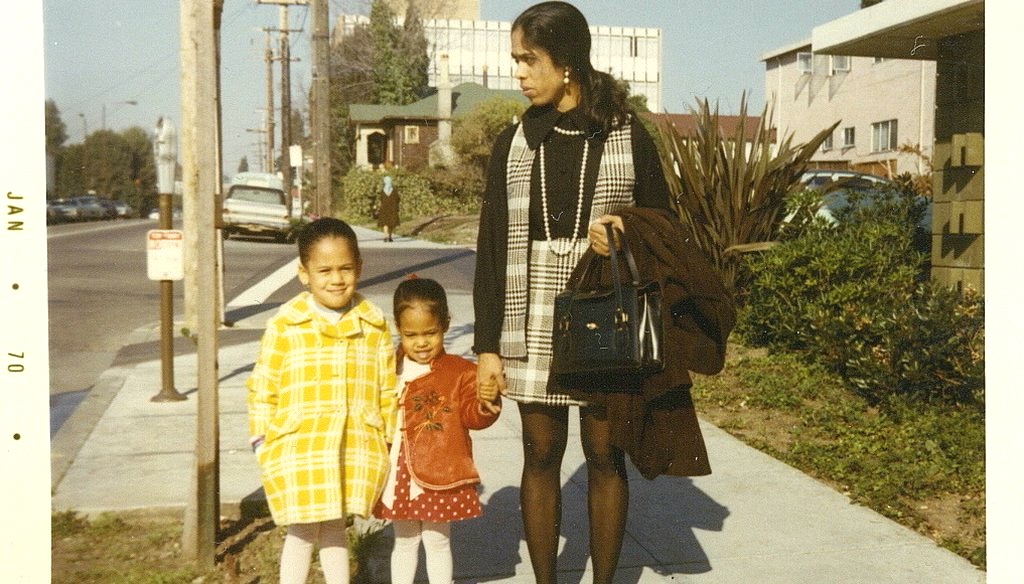
“I respect either one, but she obviously doesn’t because she was Indian all the way and then all of a sudden, she made a turn and she went, she became a Black person.”
Politifact called it out as “blatant mischaracterization of Harris’ heritage and how she has spoken about it, and has identified with, her racial background and ethnicity.”
The Vice President, it said, “has long identified as a Black woman who grew up in a multicultural household. She attended a historically Black university, pledged to a historically Black sorority, and has given interviews and written about her experience embracing her Indian culture while living as a Black woman.”
The site has a “Truth-O-Meter” to rank the degree of falsehood in the statements it fact-checks. Those Trump remarks about Harris earned the highest possible grade for falsehoods–a “Pants on Fire!” lie.
This is the second article in a three-part series. The writer, Milton Coleman, is a former Deputy Managing Editor at The Washington Post. He is an occasional contributor to The Oklahoma Eagle










